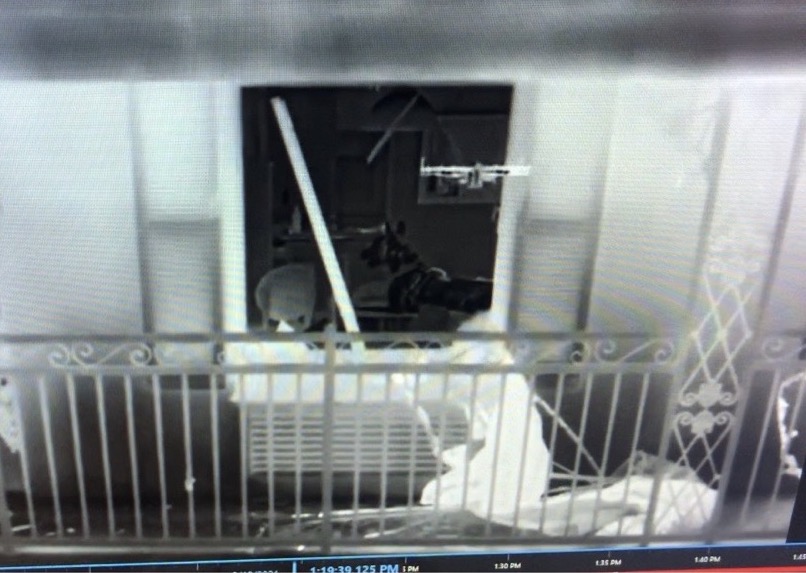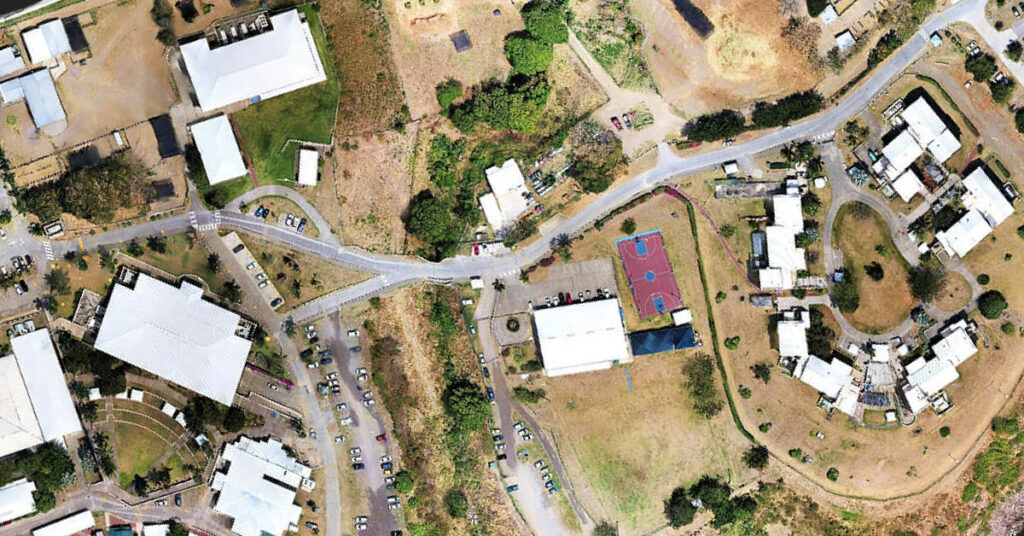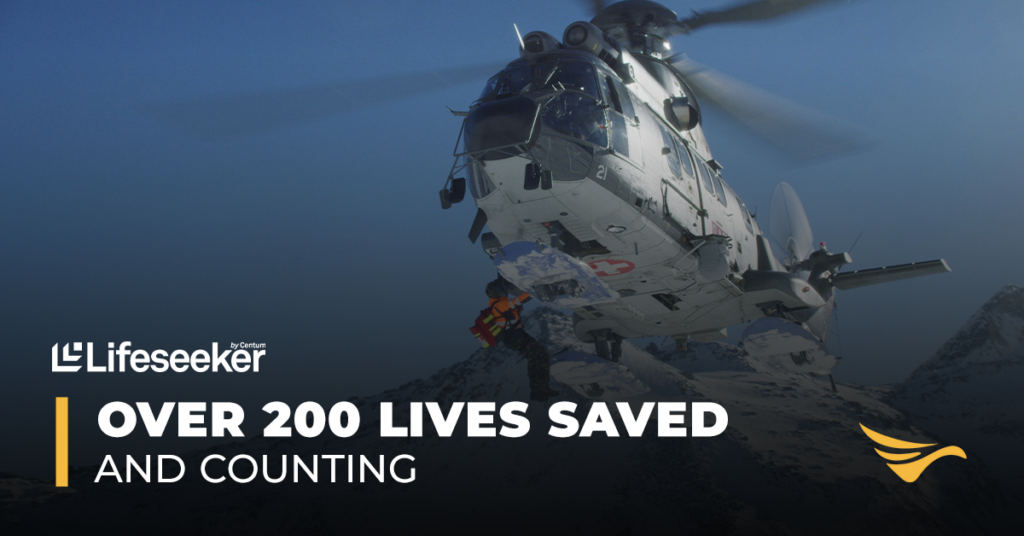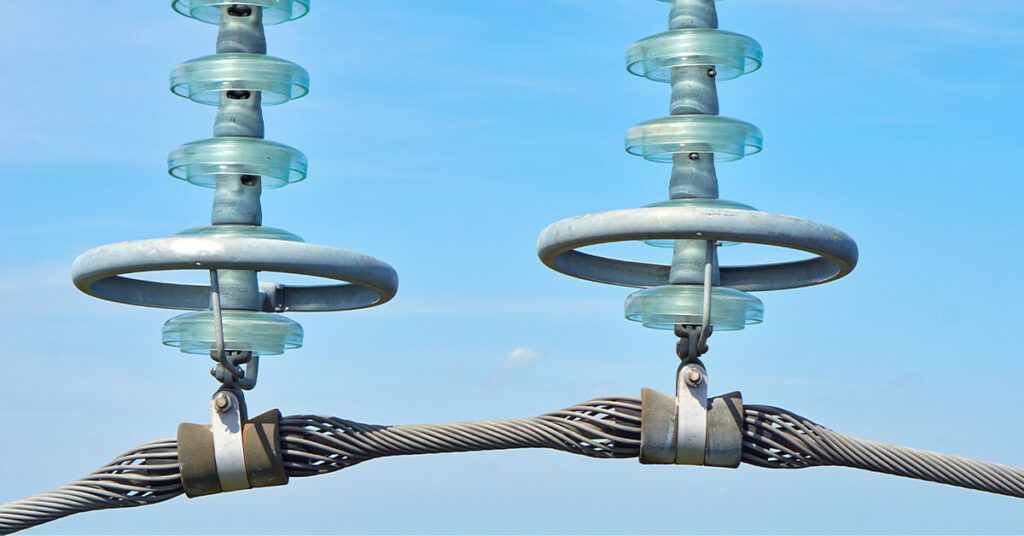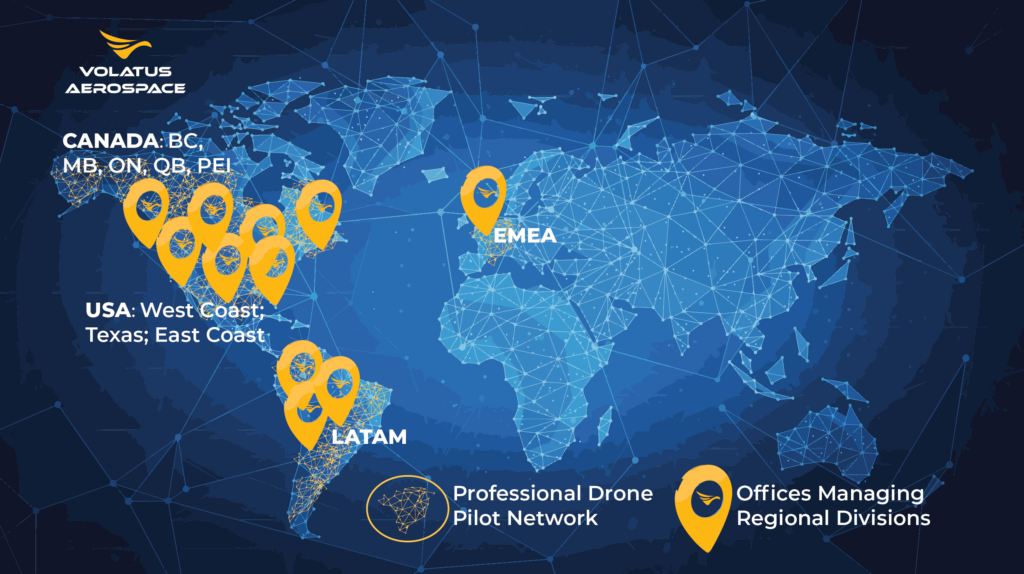It always begins with a 911 call. Someone has barricaded themselves in a public building, vehicle, or house and may be at risk of hurting themselves or others. The details are never as clear as anyone would want—Is the suspect armed? How many people are at risk? Is anyone hurt? What state of mind is the suspect in? But the police are called in to investigate.
After a search warrant is obtained and a perimeter is set to protect bystanders, they begin to assess the situation. Although no two situations are ever the same, there are procedures, protocols, and tactics that they can employ to gain intel and make a plan of engagement. The goal is to get information about what is going on, establish contact with the suspect if possible, and end the situation peacefully. In situations like these, this can mean sending a crisis negotiator or tactical team into a building or vehicle to resolve the issue.
Once sent into a crisis situation, law enforcement are simultaneously the eyes and ears of the team reporting back what they see, a negotiator, distractor, protector, and analyst. Just by entering the scene, they risk escalating the situation putting hostages, suspects, as well as themselves at risk. They could misunderstand what they see and take disproportionate action, a suspect can respond by hurting themselves or others—the list of ways it can, and has, gone sideways goes on and on.
Wanting to provide a safer way for law enforcement to deal with these types of incidents, Blake Resnick founded BRINC Drones. Resnick worked with his team at BRINC to develop the LEMUR S, a drone that is designed with crisis negotiation and situational awareness in mind. The LEMUR S is equipped with both a camera and two-way audio capabilities, giving officers the ability to see what is going on, hear what is going on, and talk with suspects and victims. It can also break glass, enabling it to enter a building or vehicle on its own without having to send someone into a potentially dangerous situation.
Because law enforcement can do their jobs at a safe distance, the development and application of technology like the LEMUR S is changing how police officers deal with crisis negotiation, leading to even better outcomes for everyone involved.
“With everything that has been going on in the last couple years, de-escalation has been a major focus for all law enforcement agencies,” explained David Martel, Retired Las Vegas Metro Police (LVMPD). “We don’t want anybody hurt. The LEMUR S is a great tool for this, because it has changed how we handle situations and talk to individuals in these crisis situations.”
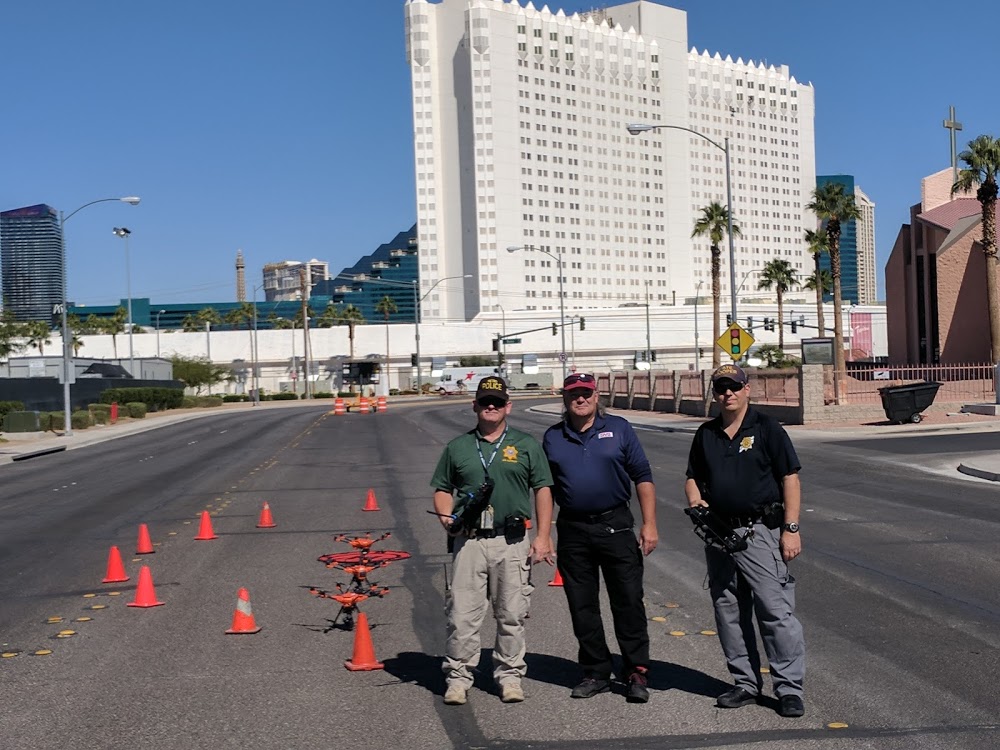
The following are three real-world stories taken firsthand from Martel that demonstrate how drones like the LEMUR S are changing how crisis situations are handled.
Using Drones When Someone Is Barricaded in a Public Building
Martel’s team along with SWAT was called in to a barricaded situation at a local pharmacy. A man was reported to be armed with a gun and was clearly upset and incoherent. Although he let everyone leave the building and didn’t take any hostages, he had holed up in the building and was refusing to come out.
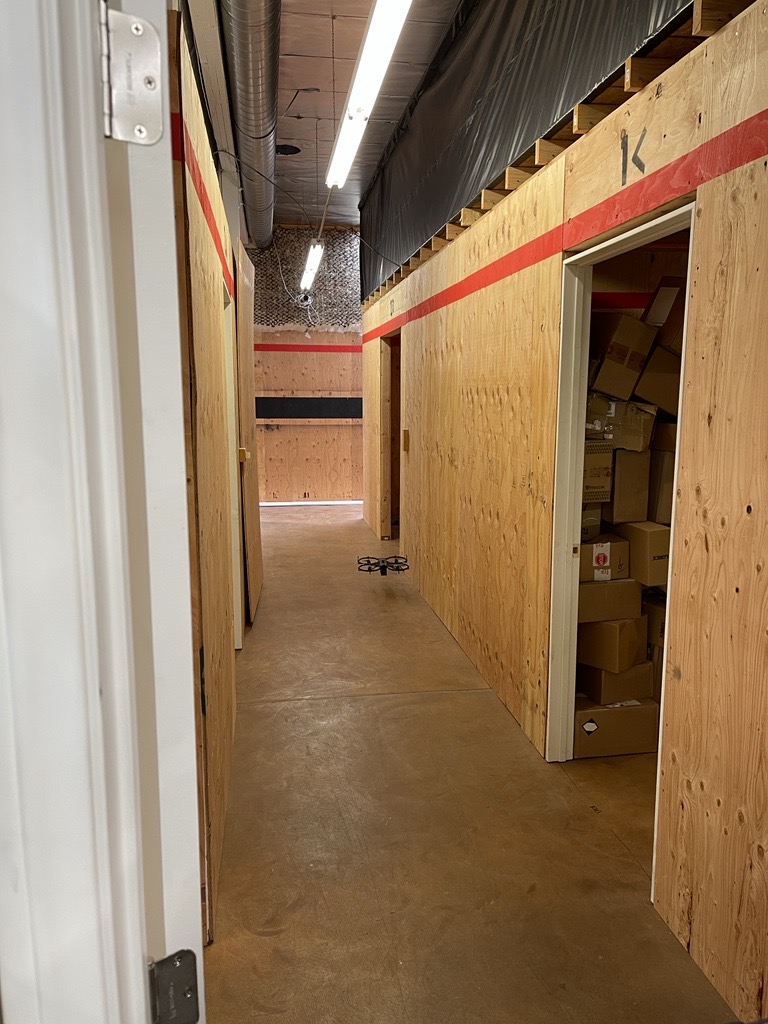
“He was just someone who needed to get some help, but because he was armed with a gun, we weren’t going to go in there to push the issue,” explained Martel. “So, we came in to assist our SWAT officers by flying the LEMUR S into the store to find out where he was and try to communicate with him.”
They initially used a ground robot to trigger the sliding doors to open and flew the LEMUR S into the building (they later found out the LEMUR S was able to do this on its own). They were able to locate him with the camera, but almost immediately ran into resistance.
“The first thing I saw out of the corner of my eye were objects flying past the camera,” said Martel. “He wasn’t too happy that the drone was coming in there, so he started throwing stuff at it. I had to begin dodging with the drone to get away from the stuff he was throwing. All the while we were looking to find out where the gun was—was he still holding it? When suddenly, I see him pick up a chair and throw it at the drone—the first one missed, the second one didn’t. Despite all this, the LEMUR S maintained airworthiness.”
“I flew back past the exit to get a new battery when I saw that the gun was left on the counter—the suspect was unarmed. When I flew back in, we used the drone to keep him away from the gun and we perched near the suspect and had a two-way conversation with him. Our negotiators were able to talk him down reassured him that nothing was going to harm him. We were able to give him the help that he needed. If we didn’t have this technology, our usual course of action would be to send a few officers in to speak with him face-to-face to figure out what was going on, potentially escalating the situation, and putting everyone at risk.”
When asked, Martel estimated that about a quarter of the incidents he has been called to tend to be someone who needs medical attention from a mental health professional. BRINC’s LEMUR S has helped law enforcement better assess the state of mind of suspects, which then enables crisis negotiators to take appropriate action, de-escalate the situation, and get them the help they need.
Using Drones When Someone Is Barricaded in a Vehicle
LVMPD got a call about an individual who had barricaded herself in a vehicle and refused to come out. They were concerned she might hurt herself. Instead of bringing officers up to the car and potentially agitating her even more, they deployed the LEMUR S.
“We used one aircraft to distract her and make sure she was unarmed, and then used the LEMUR S to break the glass on the passenger window. Officers were able to take her into custody without her hurting herself or our officers,” explained Martel. “It is a great de-escalation tool, but it is also a great distractor, peoples’ attention are drawn to it.”
Situations like these can end tragically, being able assess the situation and react at the best possible time helps to ensure better outcomes.
Using Drones When Someone Is Barricaded in a Home
When called to a home there are unique challenges that officers face in comparison to public spaces and vehicles. For starters, it is a confined space with multiple rooms. There could be animals, children, and other occupants. The state of the house can vary considerably, and there are a lot of places people can hide, which is a situation Martel found himself in toward the end of his career at LVMPD.
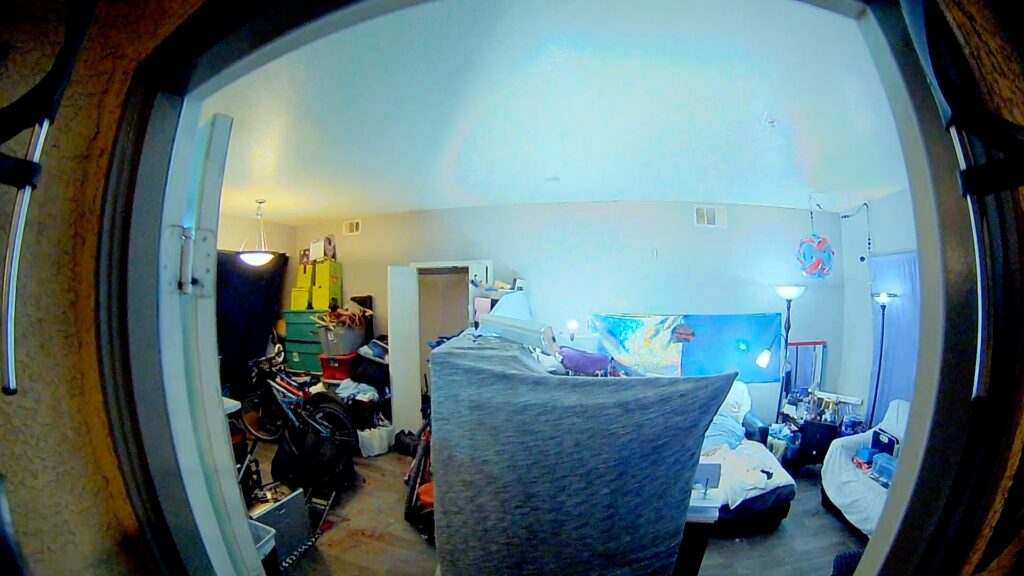
“In one of the last incidents that I flew before retiring, the suspect was hidden in the attic,” began Martel. “The only way we knew that he was up there was that we were able to get a look with the LEMUR S’s camera from the entry in the laundry room. We perched the drone close by and was able to get a live feed to see if he would come down or not. He refused to speak to us, but we were able to hear his movements. We took our time observing him, and he eventually came out and was given instructions to leave the residence.”
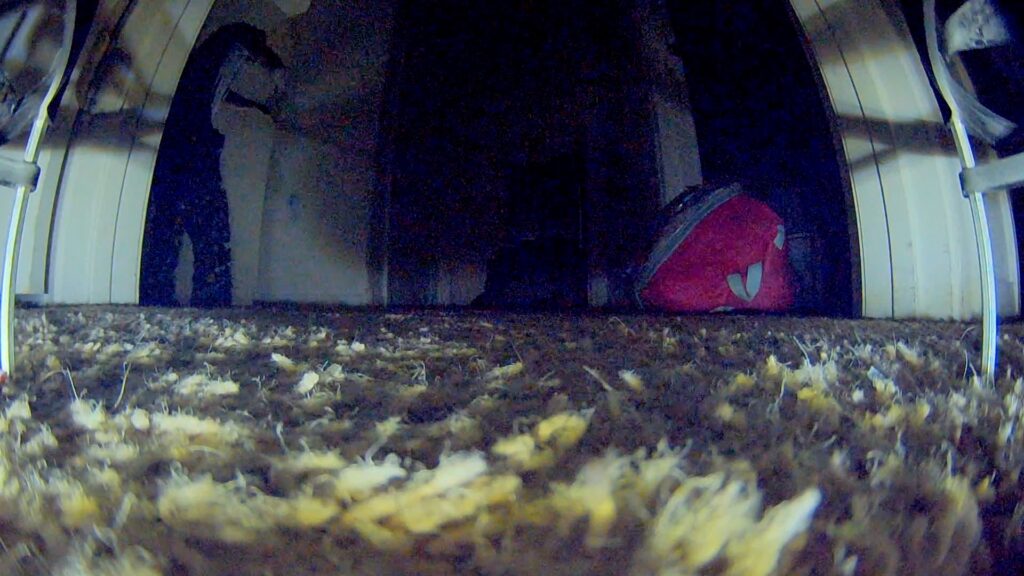
No Two Crisis Situations Are the Same, But Outcomes Can Be Safer
The one thing Martel emphasized during each of these stories was the unpredictability of human behavior. No two incidents are exactly alike and that means it is difficult to know what a police officer is walking into and whether everyone will walk out safely at the end of the day. When law enforcement can place a robot, like the LEMUR S, in their place, they are effectively reducing the possibility of a scenario where someone gets hurt by orders of magnitude.
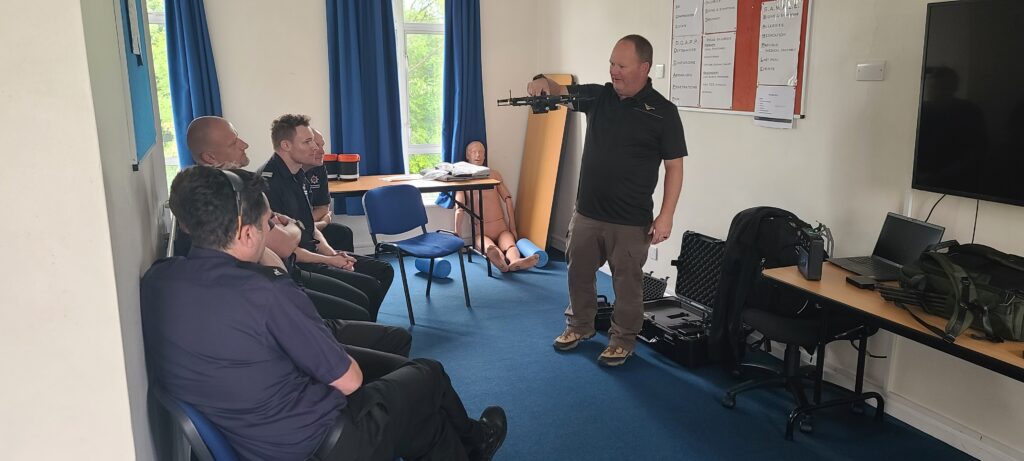
“Every situation is different. I’ve never been in a crisis situation that’s been the same,” concluded Martel. “This is why using this technology is a game changer. It has been more productive in its first year than anything else out there. It has been proven to bring violent situations to a calm and orderly resolution where no one is hurt—that’s our ultimate goal. We don’t want to be in a situation where we have to use force, and we don’t want someone to find themselves in a situation where they feel they need to use force. When faced with an escalated situation there are split-second decisions that are made—for instance, shoot or don’t shoot—that have lasting consequences. With this technology, those instantaneous decisions don’t have to be made. The LEMUR S lets us take our time, slow the momentum down, and let the individual make the decision on how the situation will go. At the end of the day, drones are replaceable, people aren’t.”

